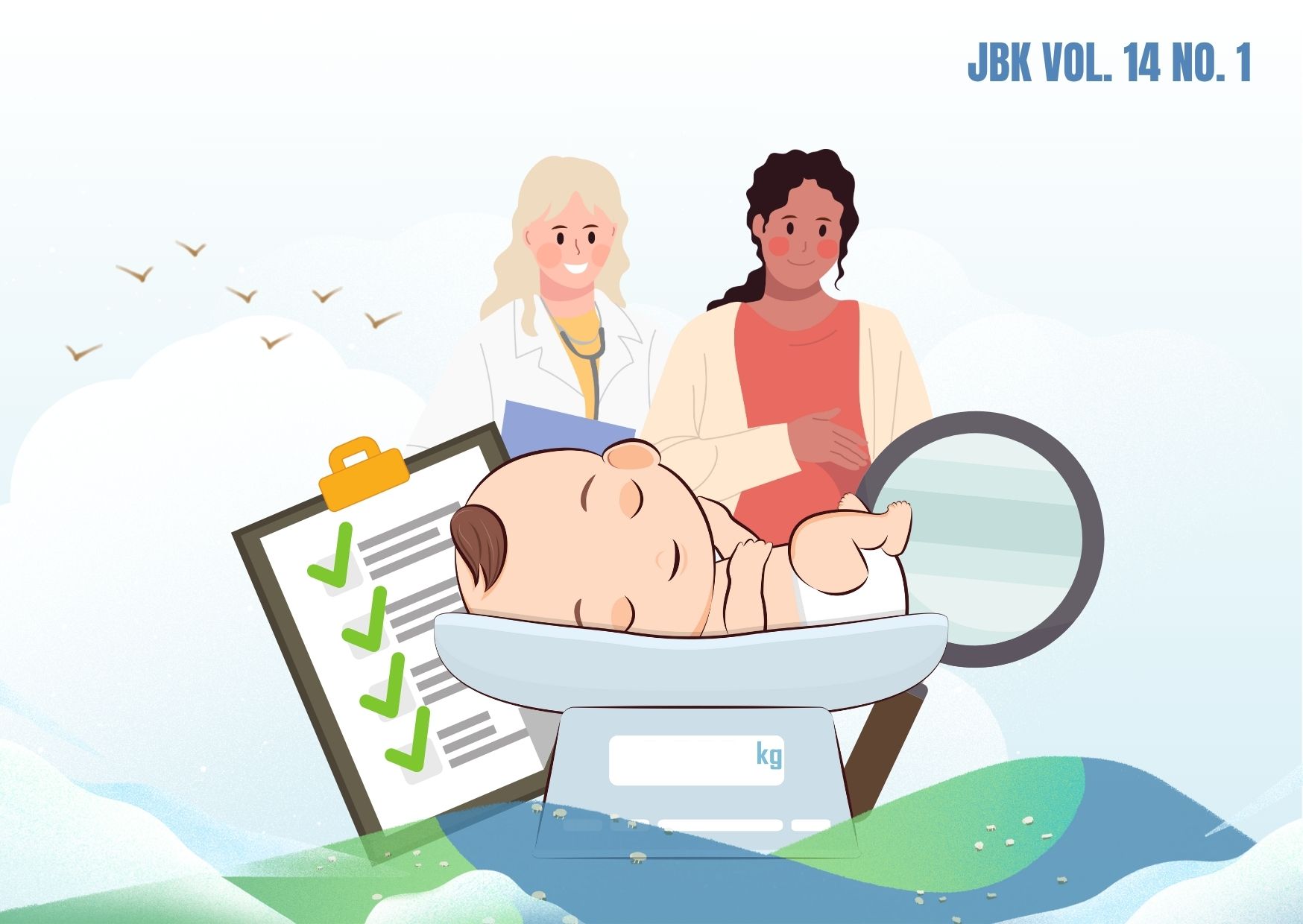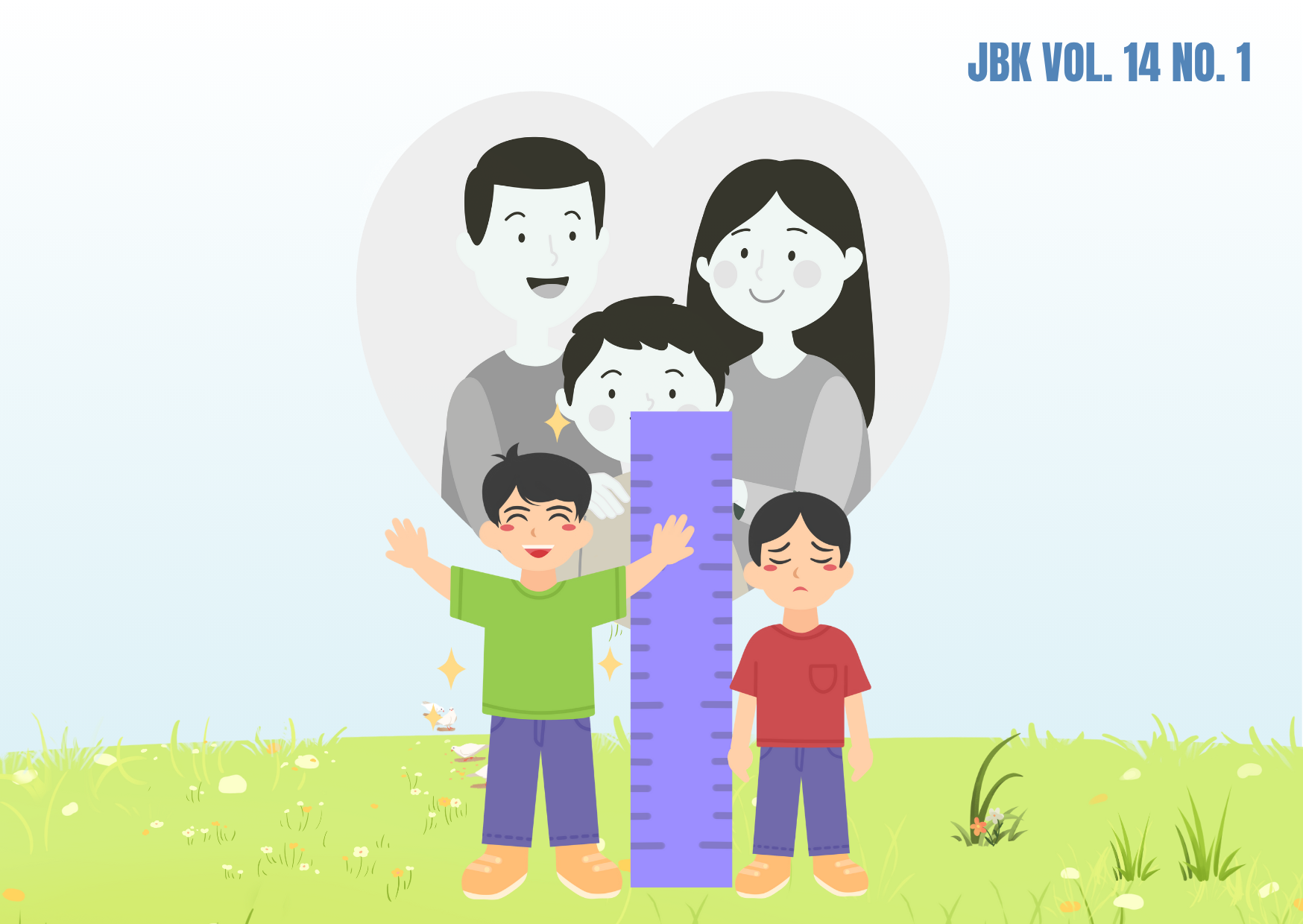Analisis Cluster K-Means Kabupaten/Kota di Jawa Timur Berdasarkan Level Epidemik HIV
Downloads
Human Immunodeficiency Virus (HIV) in East Java was not only occurred in urban areas. This is due to the population mobility and sexual lifestyles. This study aimed to classify districts/cities in East Java used Cluster K-Means analysis based on the number of high risk population that living with HIV. This study was an observational study with an analytical method. The secondary data was taken from HIV and PIMS Situation Report of the East Java Provincial Health in 2017. This study obtained 3 optimal clusters, which were 4 districts/cities in cluster 1 named alert category, 24 districts/cities in cluster 2 named standby category and 10 districts/cities in cluster 3 named alert category. Proposed suggestions based on this study were prioritized early HIV test and counseling, provided adequate care, support and treatment for people living with HIV.
Borkowska-Niszczota, M., 2015. Tourism Clusters in Eastern Poland-Analysis of Selected Aspects of the Operation. Procedia-Social and Behavioral Sciences, 213, pp.957–964.
Dinkes Provinsi Jawa Timur, 2018. Profil Kesehatan Provinsi Jawa Timur Tahun 2017. Surabaya: Dinas Kesehatan Provinsi Jawa Timur.
Gudono, 2014. Analisis Data Multivariat. 4th ed. Yogyakarta: BPFE-Yogyakarta.
Gusty, R.P., Farlina, M., Alfitri, 2015. Studi Fenomenologi Pengalaman Orang HIV/AIDS (ODHA) dalam mendapatkan Dukungan Keluarga di Yayasan Lantera Minangkabau Support Padang. NERS Jurnal Keperawatan, 11(1), pp.22–31.
Handayani, 2017. Waspada Epidemi HIV-AIDS di Indonesia. Medical and Health Science Journal, 1(1), pp.1–8.
Hugo, G., 2001. Mobilitas Penduduk dan HIV/AIDS di Indonesia. Bangkok: UNDP South East Asia HIV and Development Project.
Kemenkes RI, 2010. Profil Kesehatan Indonesia 2010. Jakarta: Kementerian Kesehatan Republik Indonesia.
Kemenkes RI, 2017. Laporan Situasi Perkembangan HIV dan PIMS di Indonesia Januari–Desember 2017. Jakarta: Direktorat Jenderal Pengendalian Penyakit.
Kulkarni, V., Joshi, S., Gupte, N., Parchure, R., Darak, S., Kulkarni, S., 2011. Declining HIV Prevalence among Women Attending Antenatal Care in Pune, India. Transactions of the Royal Society of Tropical Medicine and Hygiene, 105(6), pp.315–319.
Lurie, M.N., William, B.G., Zuma, K., Mkaya-Mwamburi, D., Garnett, G.P., Sturm, A.W., Sweat, M.D., Gittelsohn, J., Karim, S.S.A., 2003. The Impact of Migration on HIV-1 Transmission in South Africa: A Study of Migrant and Nonmigrant Men and Their Partners. Sexually Transmitted Diseases, 30(2), pp.149–156.
Muningsih, E., Kiswati, S., 2015. Penerapan Metode K-Means untuk Clustering Produk Online Shop dalam Penentuan Stok Barang. Jurnal Bianglala Informatika, 3(1), pp.10–17.
Nasari, F., Darma, S., 2015. Penerapan K-Means Clustering pada Data Penerimaan Mahasiswa Baru. Seminar Nasional Teknologi Informasi dan Multimedia 2015, 3(1), pp.73–78.
Ong, J.O., 2013. Implementasi Algotritma K-Means Clustering untuk Menentukan Strategi Marketing President University. Jurnal Ilmiah Teknik Industri, 12(1), pp.10–20.
Rivani, E., 2010. Aplikasi K-Means Cluster untuk Pengelompokkan Provinsi Berdasarkan Produksi Padi, Jagung, Kedelai, dan Kacang Hijau Tahun 2019. Jurnal Mat Stat, 10(2), pp.122–134.
Soemartini, 2008. Principal Component Analysis (PCA) sebagai Salah Satu Metode untuk Menghilangkan Multikolinearitas. Skripsi. Universitas Padjajaran.
Copyright©2022 Jurnal Biometrika dan Kependudukan (Journal of Biometrics and Population)
This work is licensed under a Creative Commons Attribution-NonCommercial-ShareAlike 4.0 International License.
1. Copyright of all journal manuscripts is held by the Jurnal Biometrika dan Kependudukan.
2. Formal legal provisions to access digital articles of the electronic journals are subject to the provision of the Creative Commons Attribution-ShareAlike license (CC BY-NC-SA), which means that Jurnal Kesehatan Biometrika dan Kependudukan to keep, transfer media/format, manage in the form of databases, maintain, and publish articles.
3. Published manuscripts both printed and electronic are open access for educational, research, and library purposes. Additionally, the editorial board is not responsible for any violations of copyright law.



































